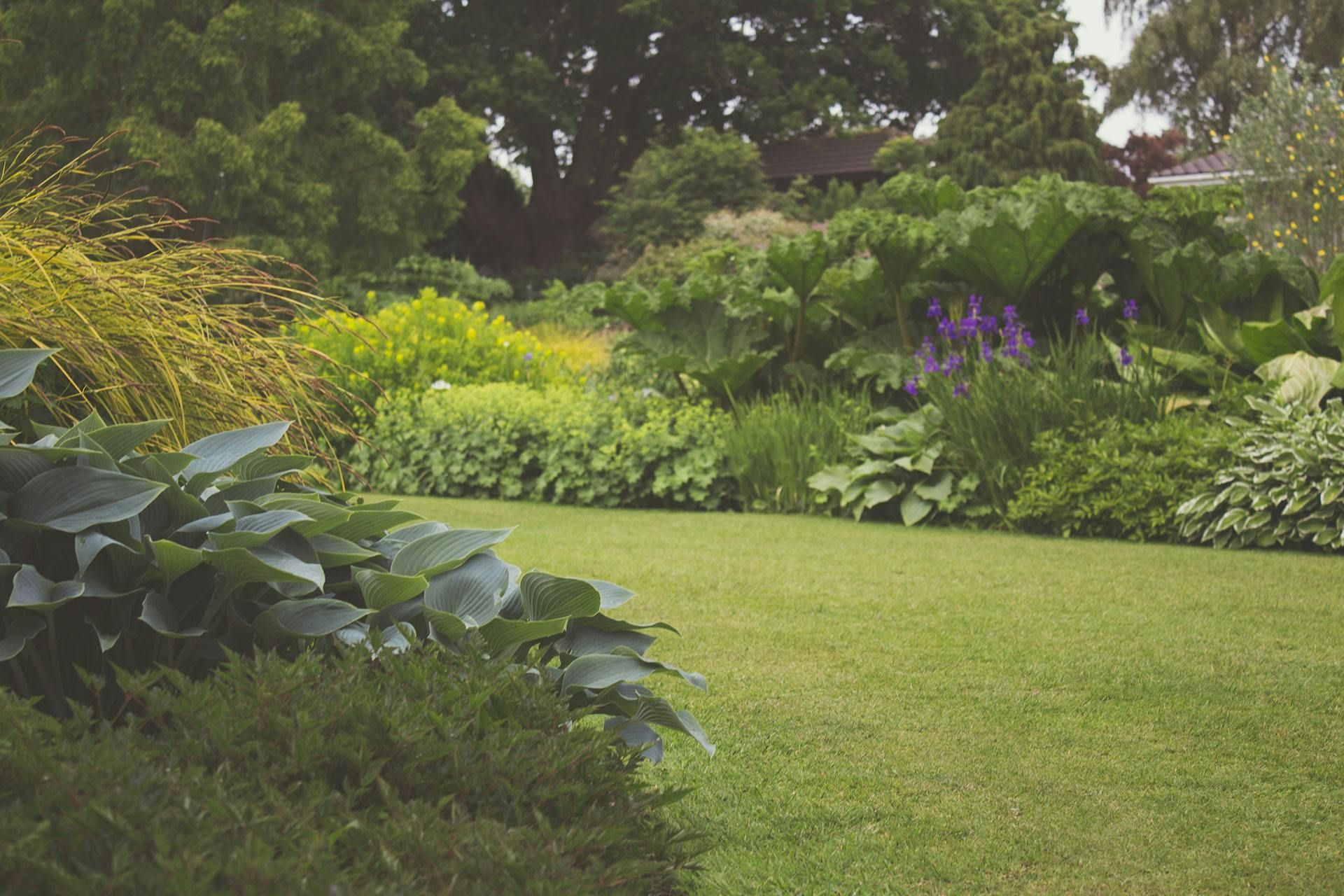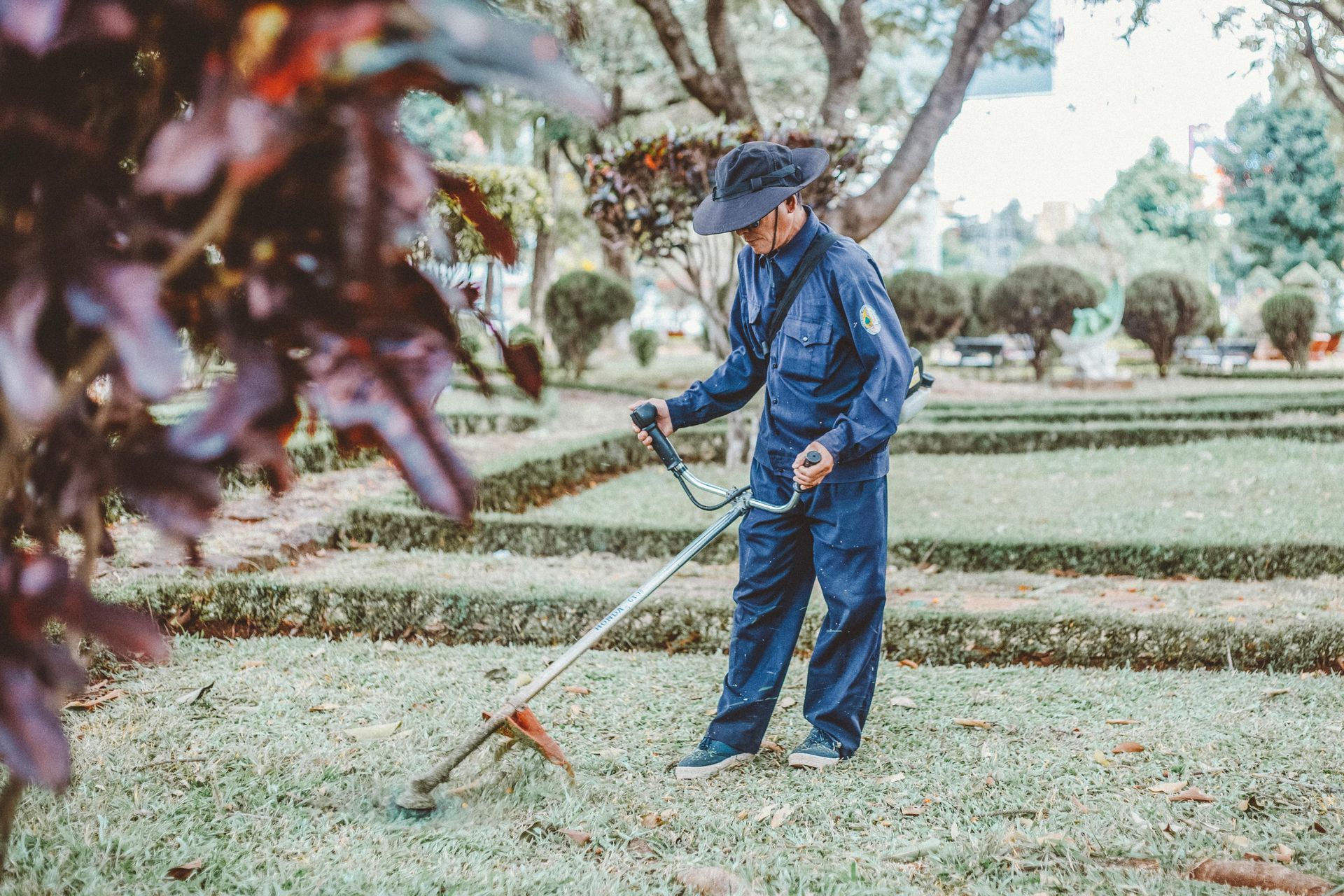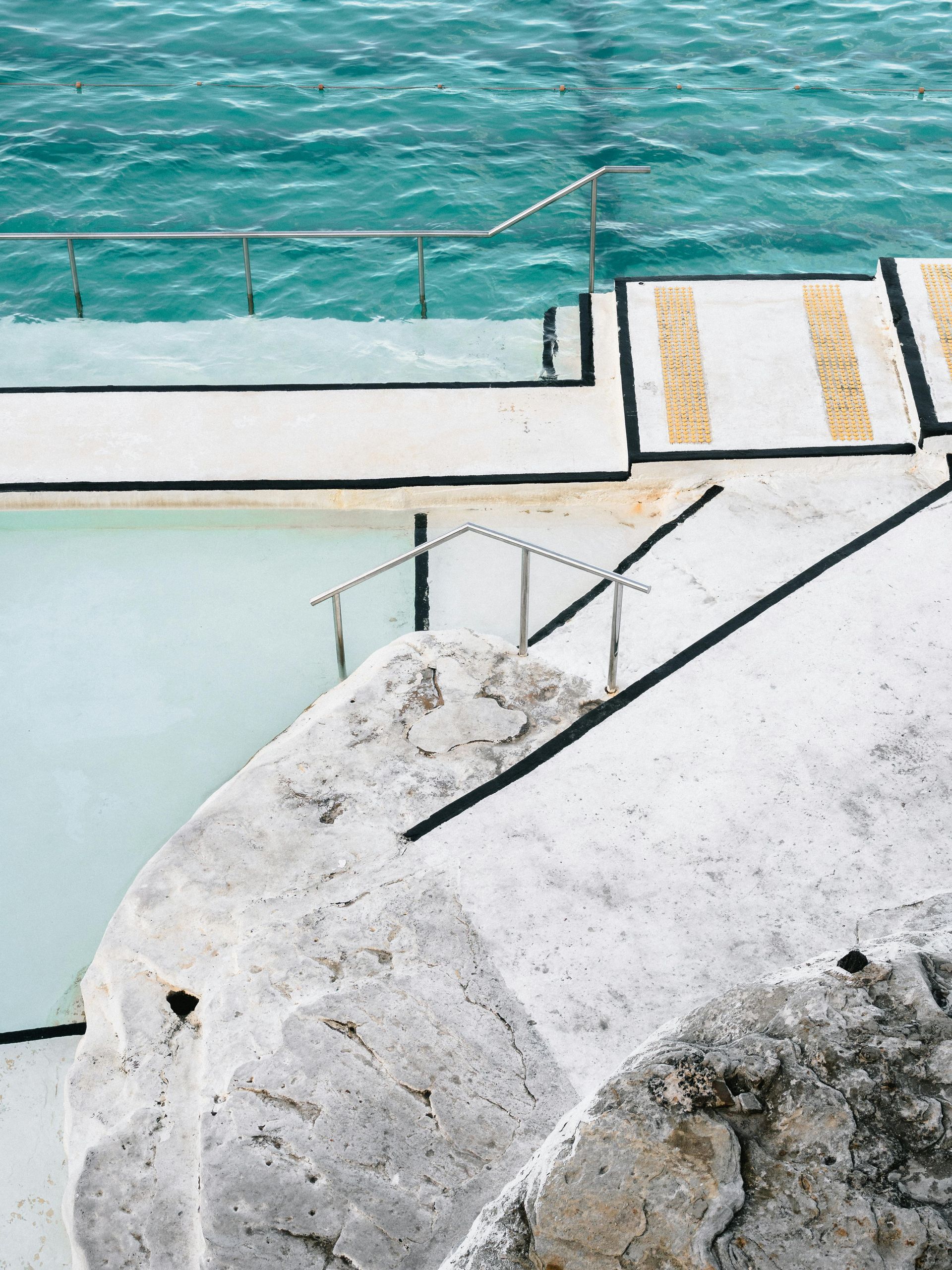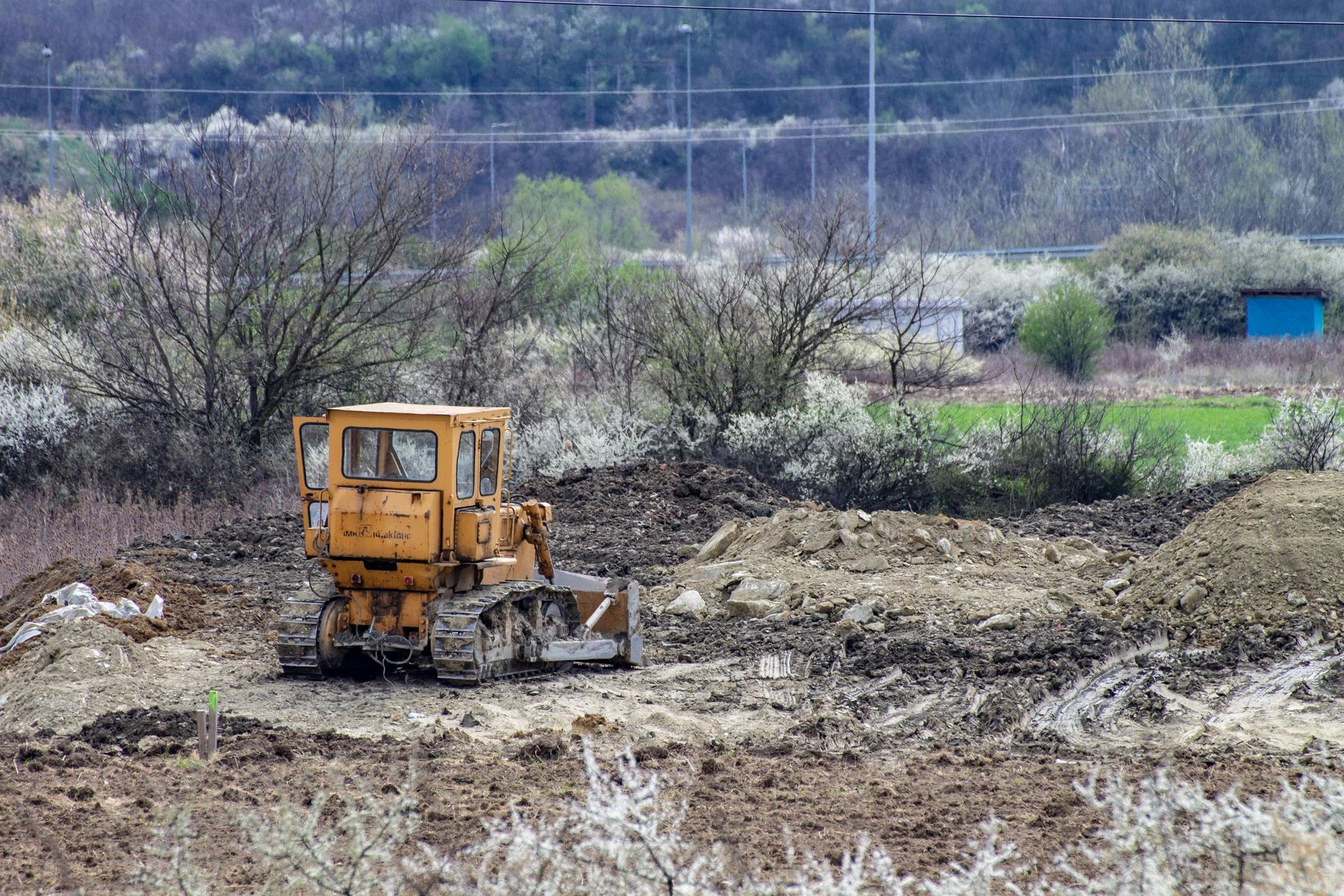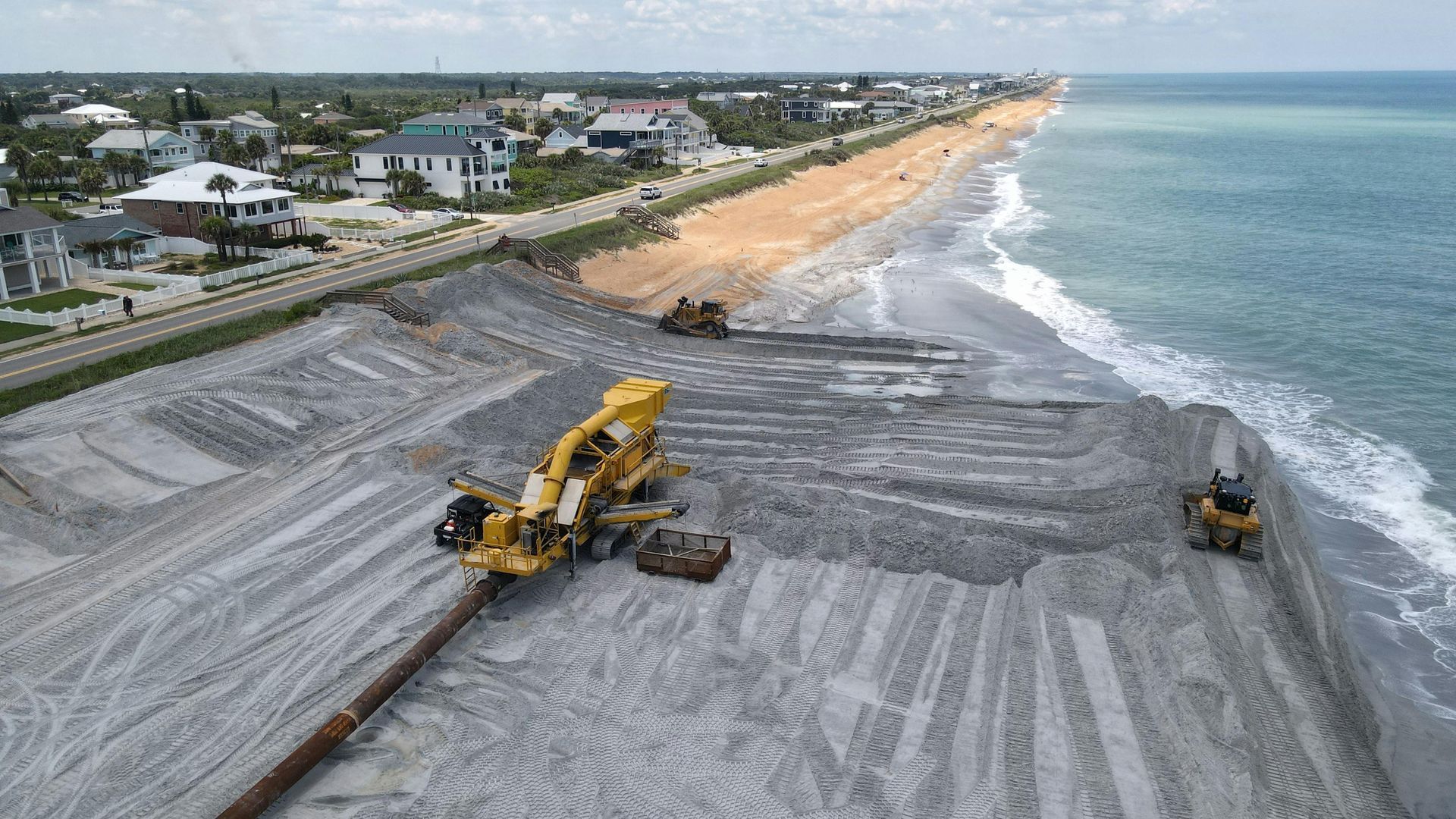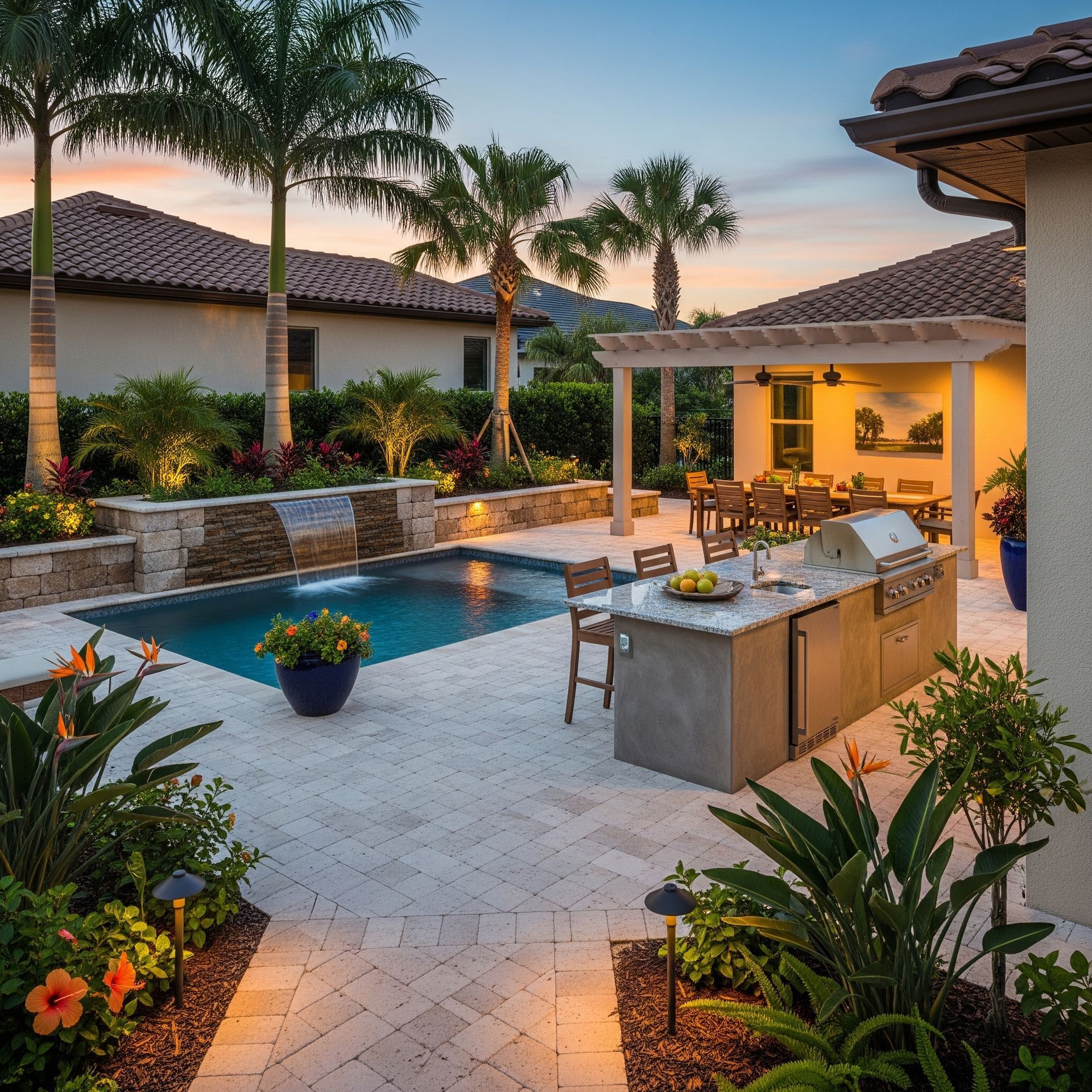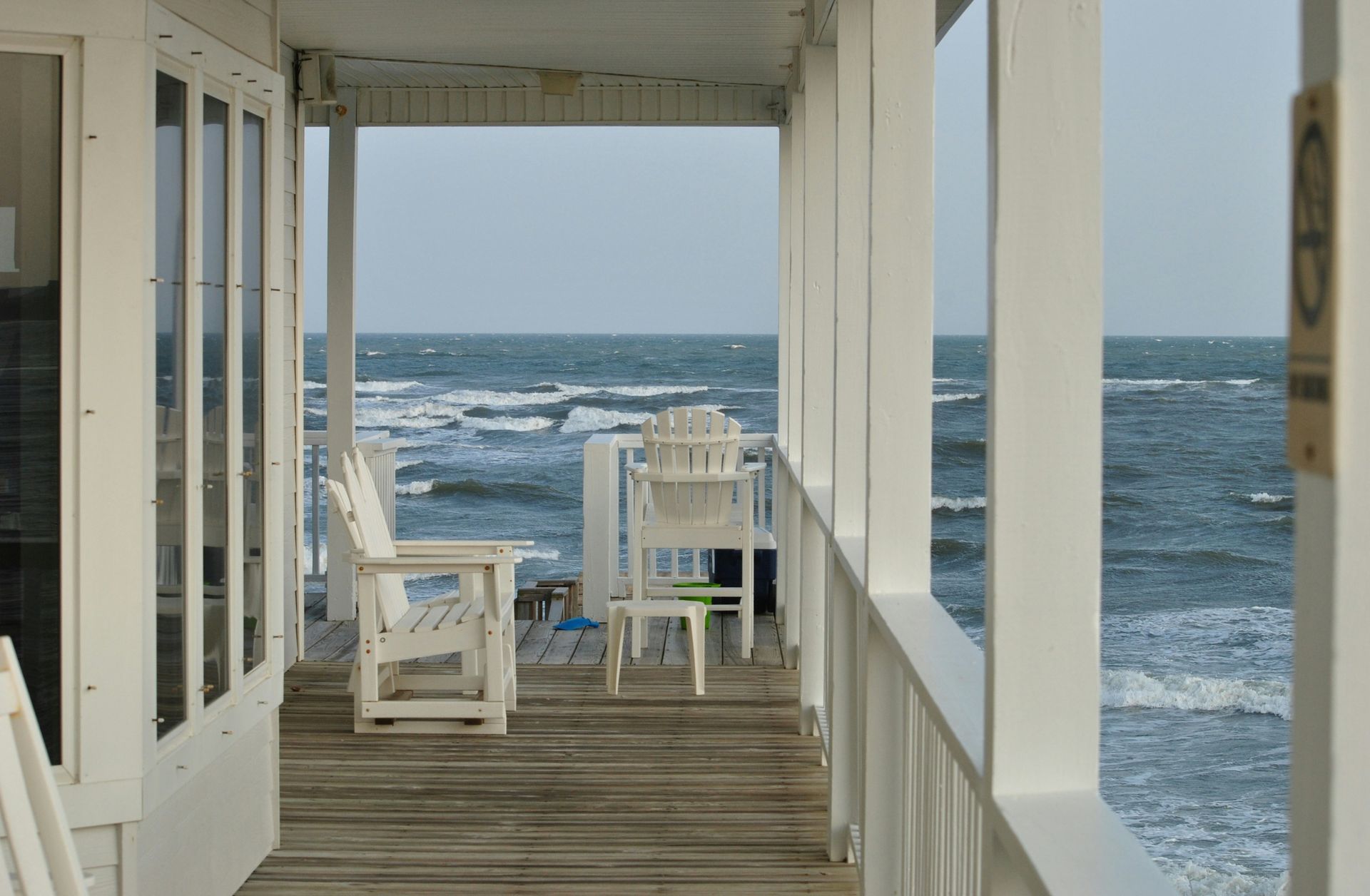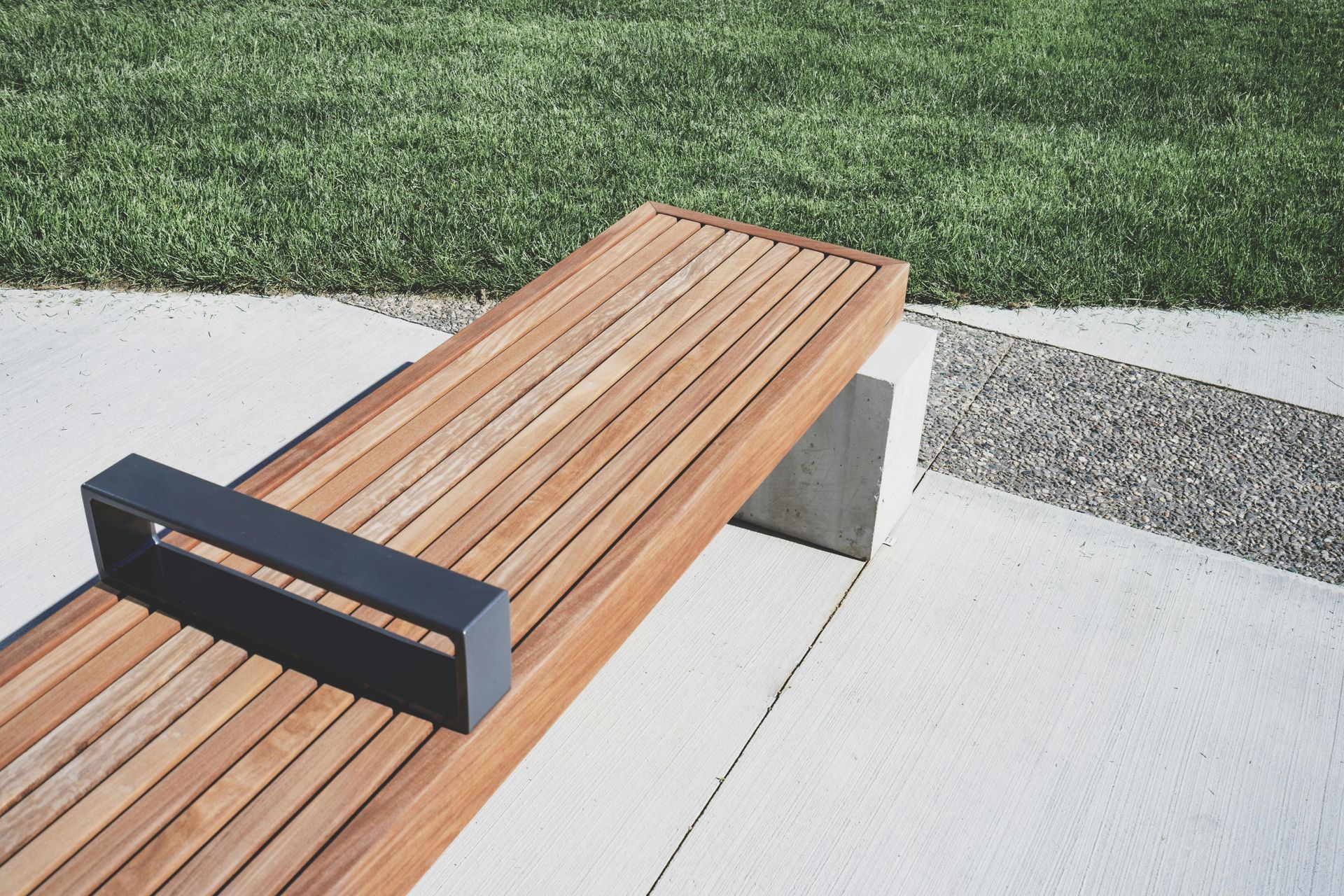Common Landscape Drainage Problems in Florida
If you live in Florida, you’ve probably noticed how heavy rainstorms, flat yards, and sandy soil team up to make your landscape a soggy mess. Water pools where it shouldn’t, soil washes away, and plants struggle to stay happy. Drainage systems can get clogged, making things worse, and standing water may even tug on your home’s foundation. But don’t worry, there are smart ways to fix all this and keep your yard thriving—let’s uncover how it all works.
Whether you're dealing with puddles or planning a full yard makeover, professional landscaping services can help you get ahead of the issues. If you're in Florida and wondering what options are available near you, take a look at the service areas to find tailored solutions for your property.
Key Takeaways
- Heavy rainfall causes water pooling and flooding due to Florida's flat terrain and poor natural water flow.
- Sandy soil drains quickly but struggles to retain moisture and nutrients, affecting plant health.
- Clogged drains from debris and roots lead to water backup and soggy lawns.
- Soil erosion from heavy rains damages landscapes and requires stabilization methods like mulch and ground covers.
- Poor landscape grading and inadequate drainage systems increase risk of water damage and mold growth in homes.
Heavy Rainfall and Surface Water Accumulation
Even though Florida’s sunny reputation is well known, you can’t ignore the heavy rains that often roll in out of nowhere. When those downpours hit, you might notice water pooling in your yard, turning your beautiful landscape into a mini pond. It’s frustrating, but you’re not alone—lots of folks here face this challenge. Luckily, rain garden solutions are a great way to handle this. By planting a rain garden in a low-lying spot, you create a natural sink for runoff, helping water soak in instead of sitting on the surface. Plus, adding permeable paving around walkways lets rain slip through, rather than causing puddles. This is a concept often used in smart hardscaping designs that blend style with water management. You’ll not only keep your landscape looking fresh, but you’ll also feel good knowing you’re working with nature, not against it. It’s a smart, friendly way to tackle Florida’s wet surprises.
Poor Soil Drainage and Sandy Soil Challenges
While Florida’s sandy soil might seem like a dream for quick drainage, it causes its own set of headaches. You see, sandy soil drains water so fast that it can’t hold onto moisture or nutrients well. This means your plants might get thirsty quicker than you expect, and sometimes, water just rushes through without really soaking in.
To tackle this, adding soil amendments like compost or organic matter can help. These amendments improve the soil’s ability to hold water and nutrients, making your garden happier and healthier. When it comes to drainage solutions, you’ll want to balance letting water flow away without losing all the good stuff your plants need. Incorporating mulches and creating gentle slopes can also help direct water where it’s needed, especially when paired with regular mulching and brush hogging services that promote healthy soil conditions.
Flat Terrain and Lack of Natural Water Flow
You’ve probably noticed how flat a lot of Florida land is, right? That flatness means water doesn’t have much of a place to go, so it tends to just sit around and cause trouble. When there’s no natural slope to guide the water, your yard can easily turn into a mini-swamp after a good rain.
Challenges of Flat Land
Because Florida’s land is so flat, water doesn’t have an easy time finding its way to the drains or rivers. You might feel stuck dealing with puddles that just won’t quit, even after the rain stops. That’s where smart landscape design and drainage solutions come into play—they help guide water gently away, so your yard stays dry and happy.
Land clearing and site preparation before installing drainage systems can also make a huge difference in how well your property handles runoff.
Frequently Asked Questions
How Does Florida's Climate Affect Seasonal Drainage Needs?
You’ll notice Florida's seasonal rainfall and humidity impact how you manage drainage. During wet seasons, you’ll need efficient systems to handle heavy water, while dry times require less focus, keeping your landscape balanced and healthy.
What Are the Best Plants for Drought-Tolerant Landscaping in Florida?
You’ll love using drought resistant succulents and native Florida grasses for your landscape. They thrive with less water, helping you create a resilient, beautiful space that connects you to Florida’s unique environment effortlessly.
Can Rainwater Harvesting Help Manage Landscape Drainage?
As they say, "A stitch in time saves nine." You’ll find rainwater benefits through collection systems that reduce runoff, nourish plants, and build a community of eco-conscious gardeners managing landscape drainage together.
How Often Should Drainage Systems Be Inspected in Florida?
You should schedule drainage system maintenance inspections at least twice a year to guarantee proper function. Regular inspection frequency helps you catch issues early, keeping your landscape healthy and connecting you with a community that cares for their environment.
What Are Common Signs of Drainage System Failure in Florida Homes?
If your yard feels like a soggy sponge, watch for pooling water, soggy spots, or moldy scents—these signs scream drainage system failure. You’ll want to act fast to protect your landscape maintenance efforts and keep your home cozy.
Final Thoughts
Dealing with Florida’s drainage issues can feel like a never-ending battle—did you know over 50% of homeowners face waterlogged lawns at some point? That’s a lot of soggy grass and stressed plants! But don’t worry, understanding these common problems—like sandy soil or flat yards—helps you tackle them head-on. With a little know-how and some smart fixes, you can keep your landscape happy and dry, even when Florida decides to pour.
For inspiration on what’s possible, check out this
gallery of past projects to see how others have transformed their yards into functional and beautiful spaces. And if you're ready to take the next step, don’t hesitate to
reach out to the team for guidance tailored to your property’s unique challenges.

